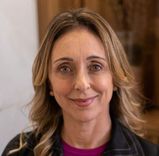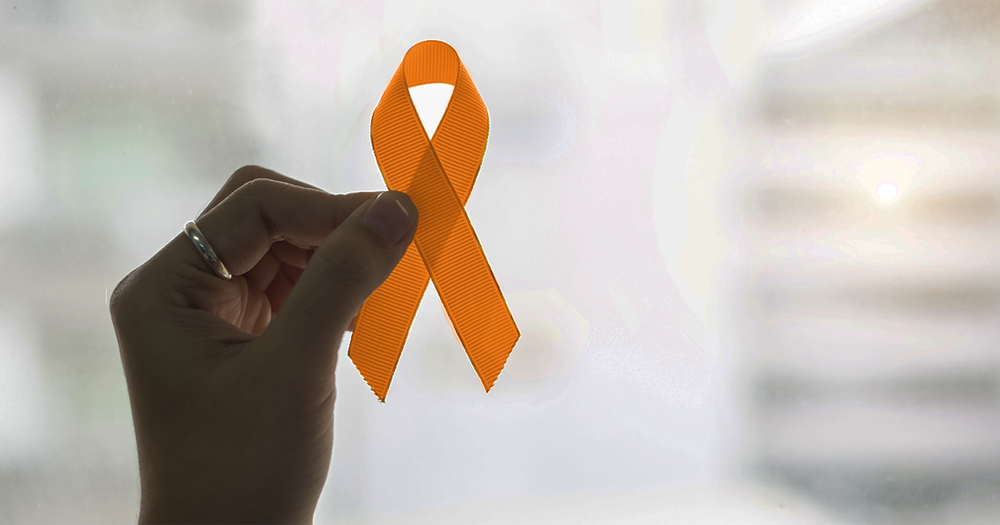Av. das Nações Unidas, 14.401 - Setor C Torre Tarumã - Conjunto 1607 - Chácara Santo Antônio | São Paulo - SP | 04794-000 | Brasil
+55 (11) 2362-0094 | 2362-0095 | 94737-7337
Orange December
Start protecting your skin now

Dra. Rosângela Manchini
20/01/2022

Orange December is a movement created by the Brazilian Dermatology Society in 2014 to encourage awareness and prevention of skin cancer, one of the most prevalent types in Brazil.
Tropical Habit We know that, in Brazil, there is a habit of being exposed to the sun, after all, we have a great variety of beaches, and it is part of our culture to enjoy the hot summer days in the pool, the sea and the outdoors.
However, these habits can be harmful and increase the risk of skin cancer as there is augmented exposure to ultraviolet rays that can cause alterations in our cells, which, by chance, can multiply, causing skin cancer.
Types of cancer There are three common types of skin cancer:
-
Basal Cell Carcinoma (BCC): is the most common type of skin cancer and accounts for about 95% of all skin cancer cases, which usually appears as a small patch and grows over time. It is most common after age 40 and is characterized by a small wound that does not heal or bleed, has a "pearly" bump and visible blood vessels, or a small brown or red spot.
-
Squamous cell carcinoma (SCC): appears mainly on the lips, tongue, and esophagus, in addition to the bald scalp, and is known by wounds that do not heal either, bleed continuously, or rough spots with irregular edges, brown or red that increase in size with time.
-
Melanoma: originates in the melanin-producing cells, the melanocytes, and is characterized by spots with irregular edges that can grow anywhere in the body. It is more common in people with very light skin and eyes and is one of the most serious types, with a risk of metastasizing (spreading through other organs).
How is the treatment done? After confirming the skin cancer diagnosis by the dermatologist, it is possible to treat it with several methods in addition to chemotherapy, radio, and immunotherapy:
-
Excisional surgery: the tumor and a healthy skin edge are removed as a safety measure with a scalpel. The tissues are then examined under a microscope to make sure all cancer cells have been eliminated.
-
Curettage: an instrument called a curette is used to scrape tissue, while an electric scalpel burns cancerous cells.
-
Cryosurgery: liquid nitrogen is used to destroy the tumor. It is more utilized in cases of small and delimited tumors.
-
Mohs Micrographic Surgery: the dermatologist does curettage and microscopic analysis multiple times until affected tissues are no longer found.
-
Laser surgery: removes tumor cells using carbon dioxide or erbium YAG lasers.
-
Photodynamic Therapy: a sensitizing agent is applied to the skin, which is then exposed to intense light that destroys cancer cells.
Prevention is key Of course, technical knowledge is quite important for us to detect skin cancer early, but, above all, we at enviva.me value global care of our patients, which is why we carried out a month of the Orange December campaign in our social networks to spread information and promote the prevention of skin cancer, with the necessary measures to block the penetration of UV rays as much as possible.
Always be aware of the signs your skin shows, and, in addition, maintain a regular check-up routine with the dermatologist to monitor any changes and receive the appropriate guidelines.
